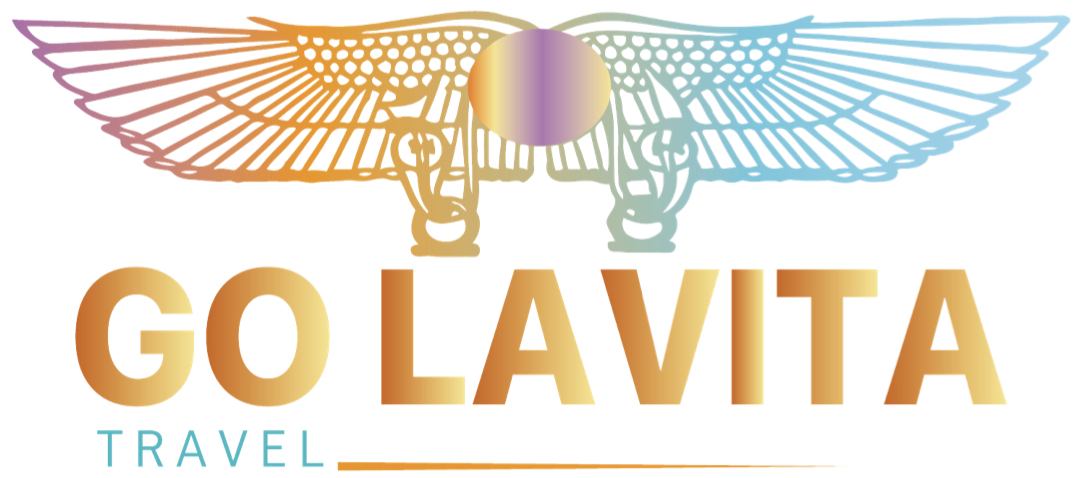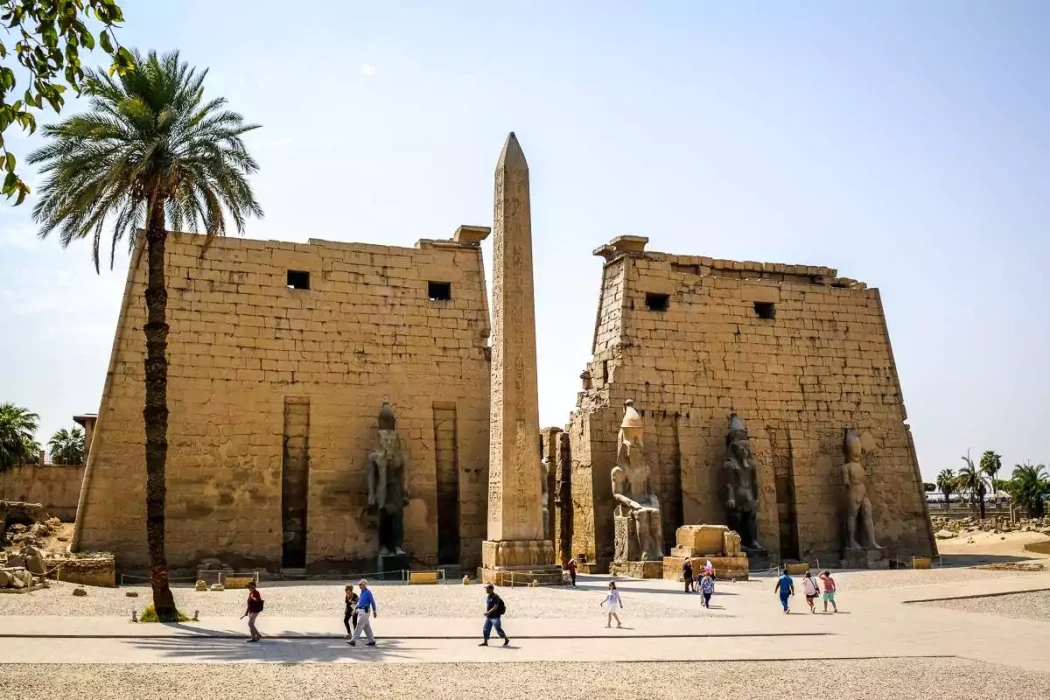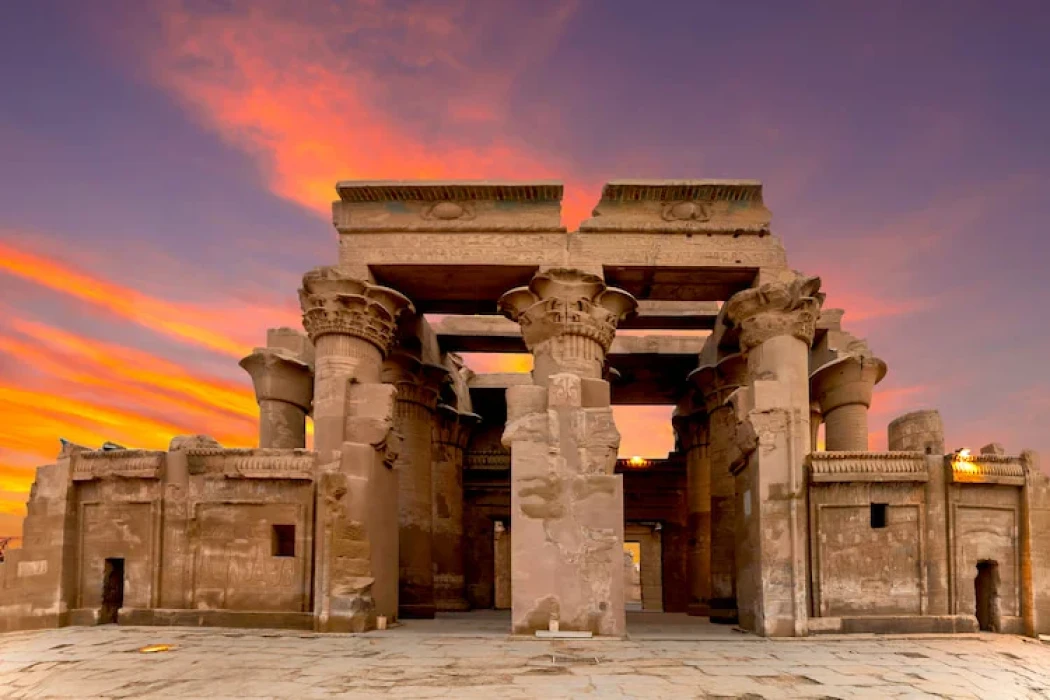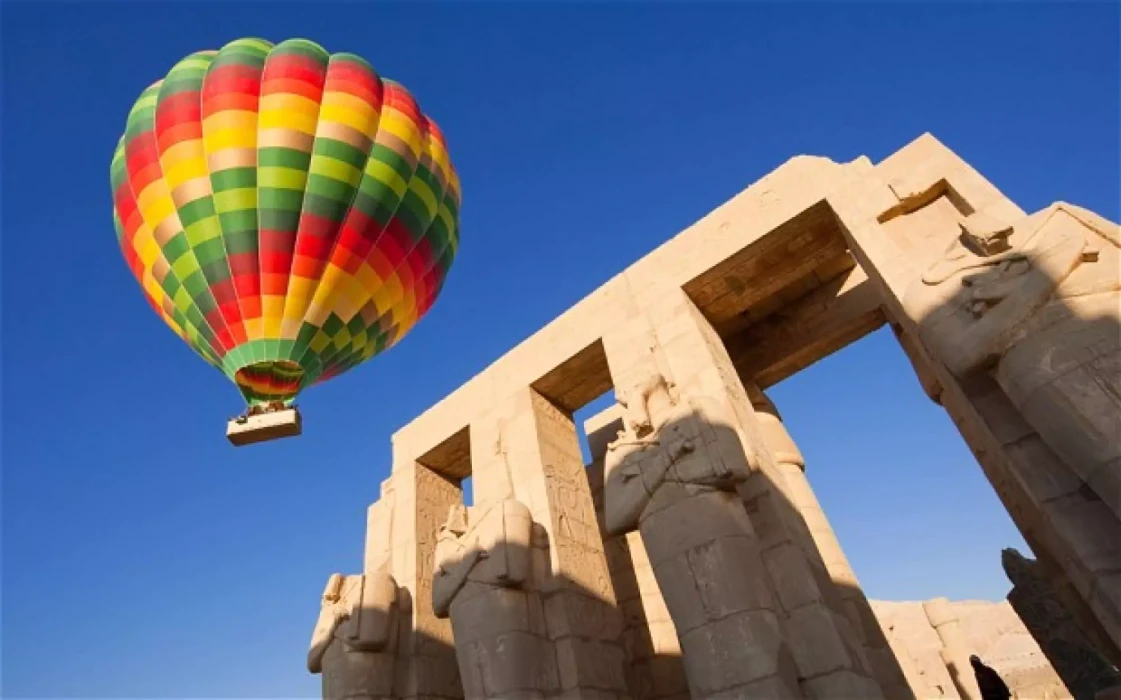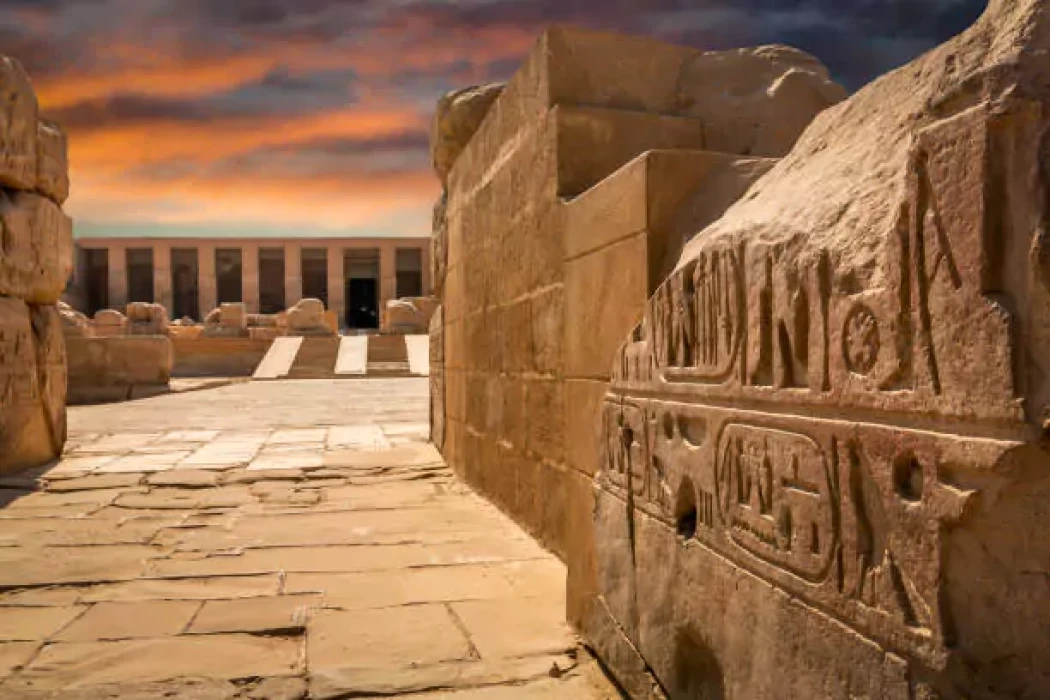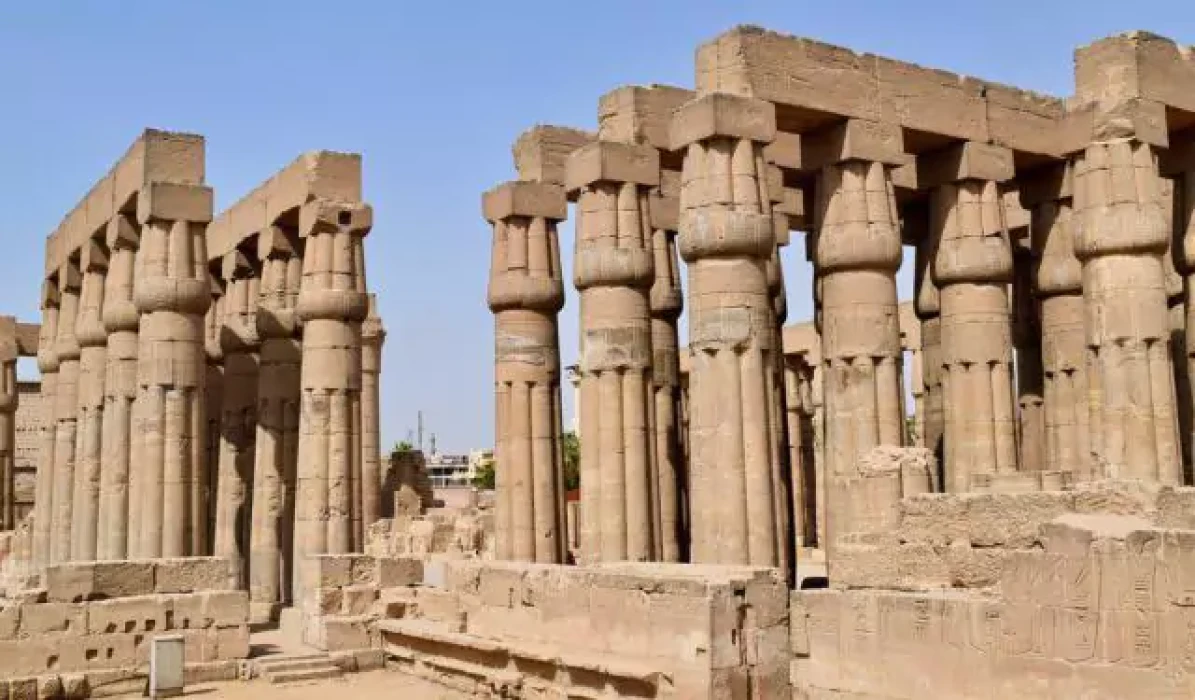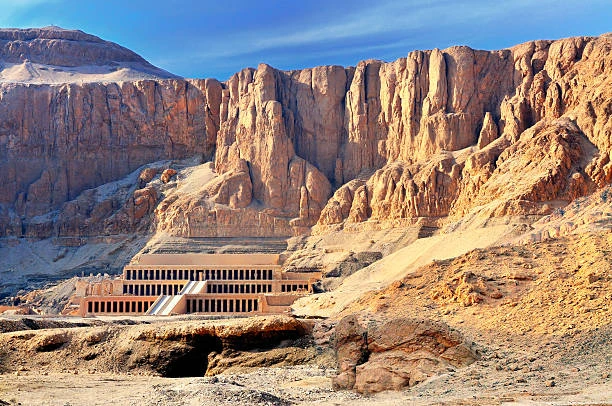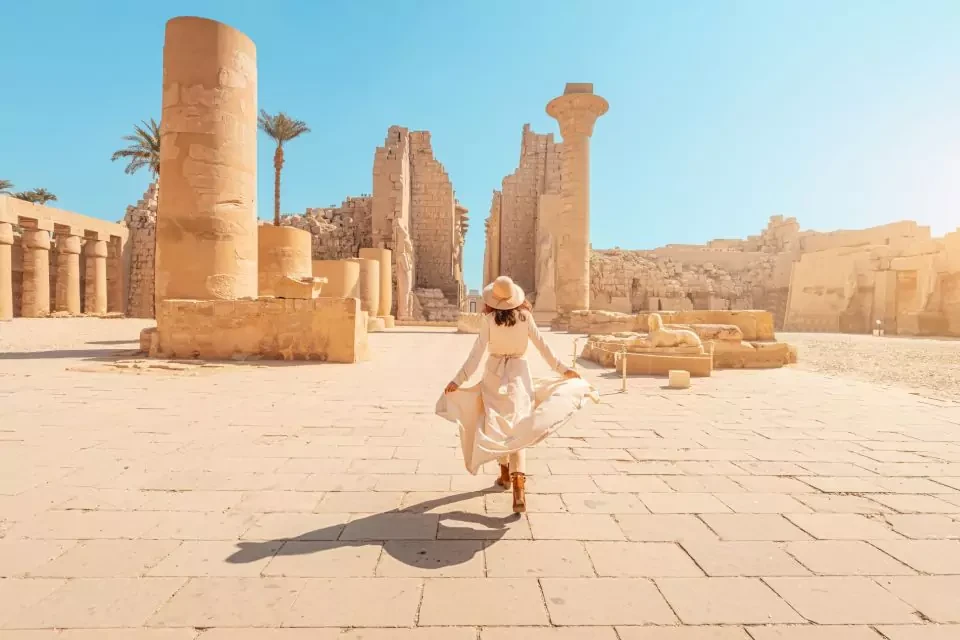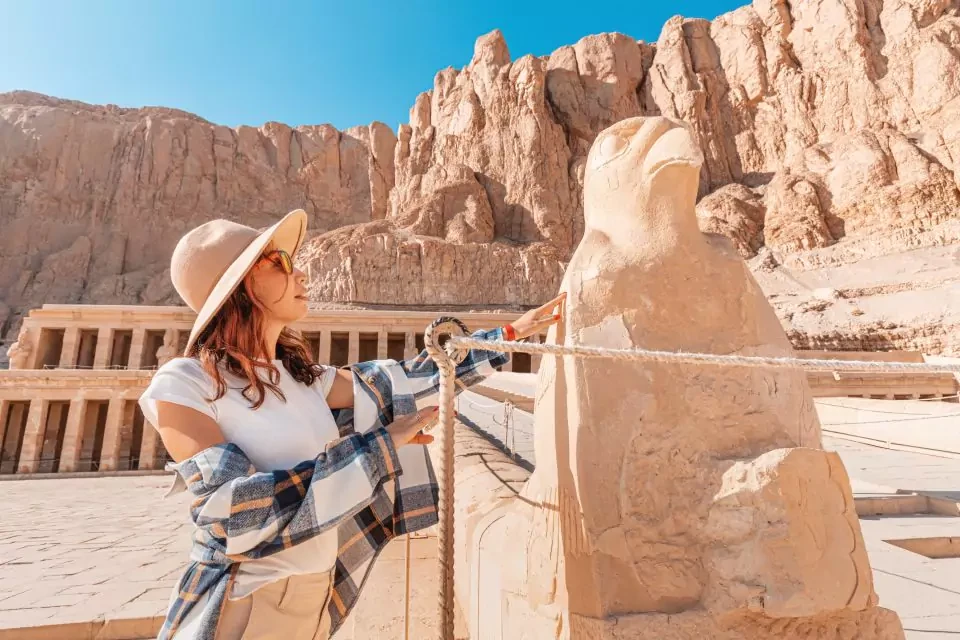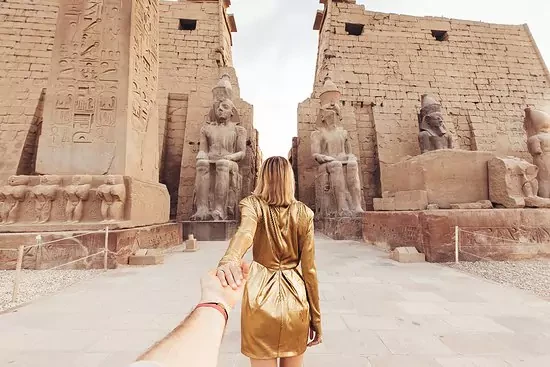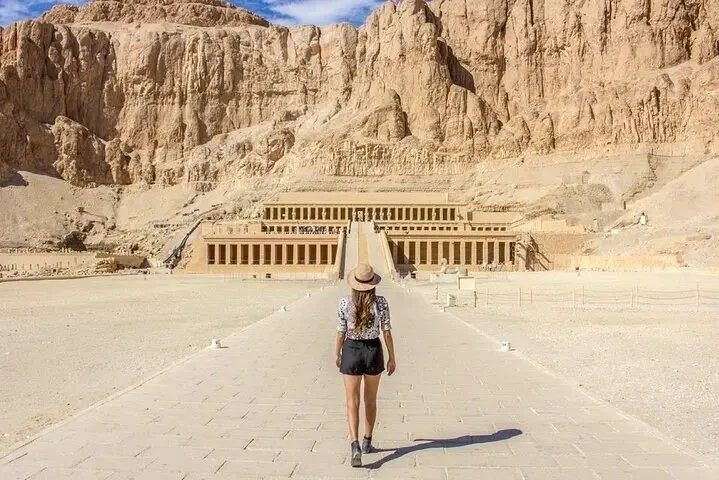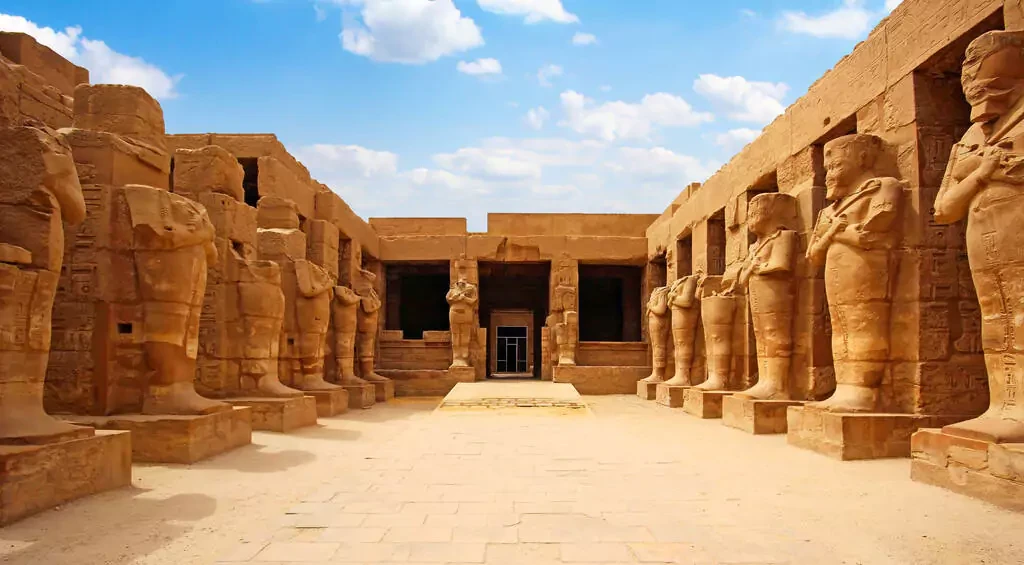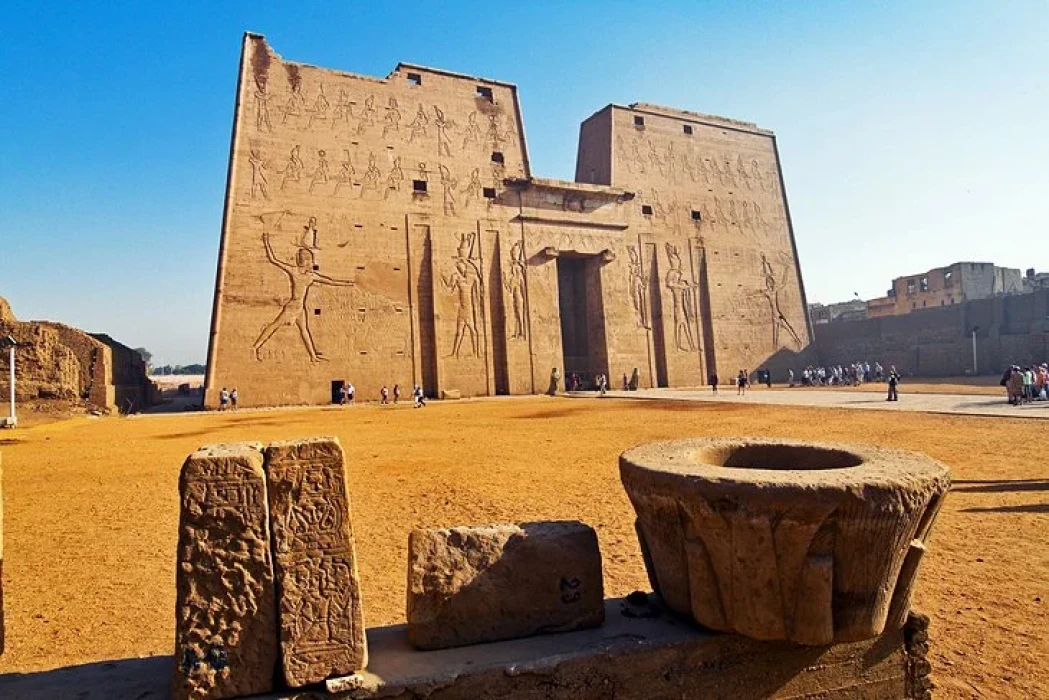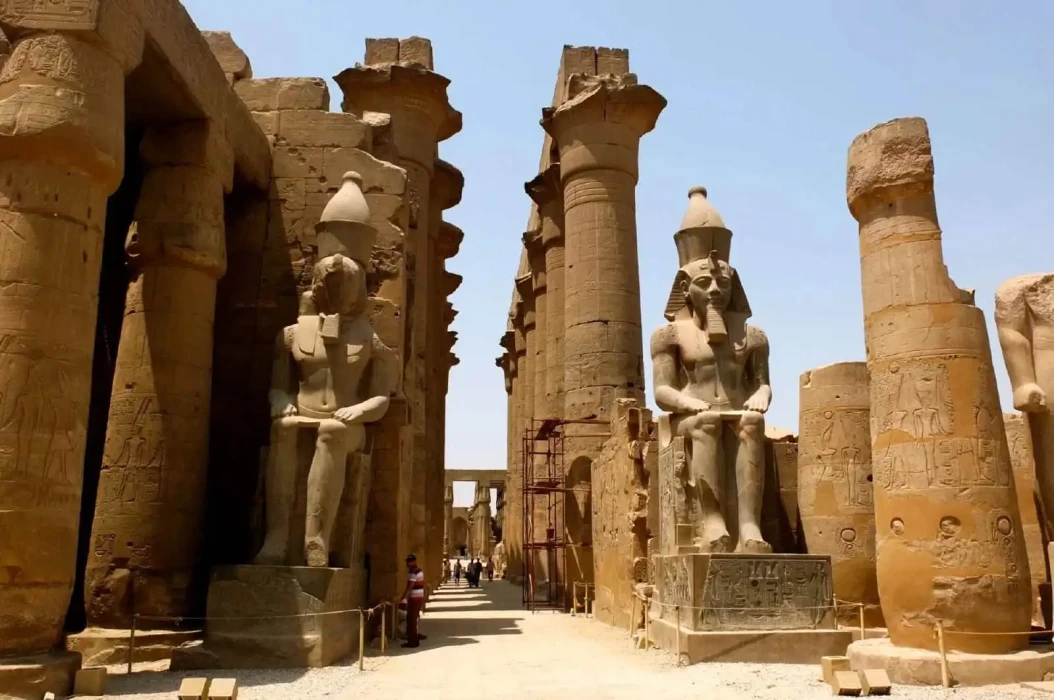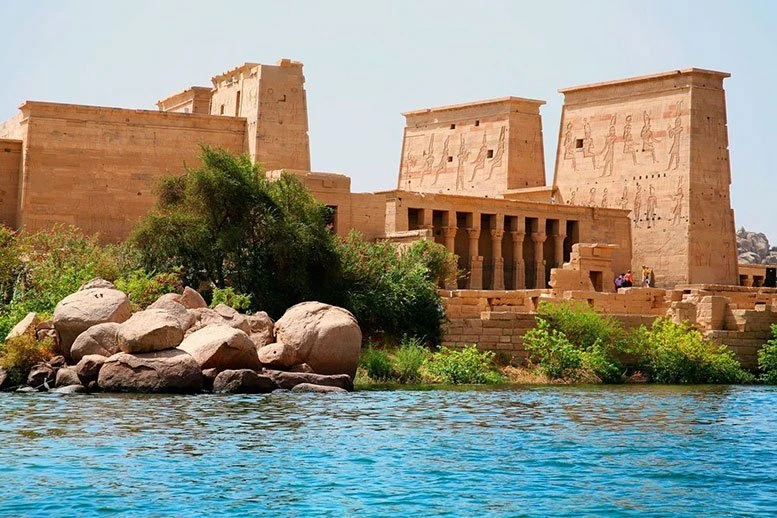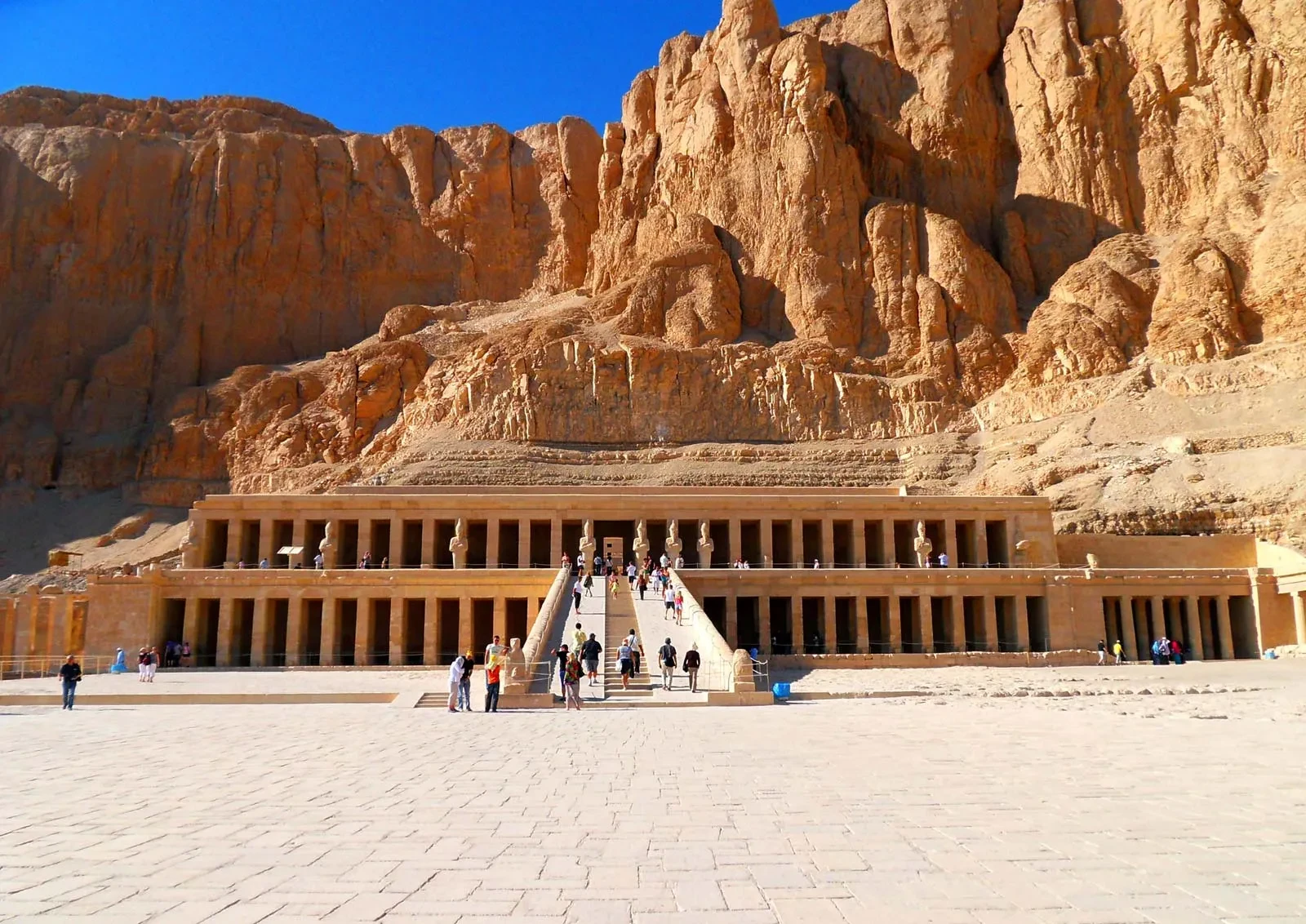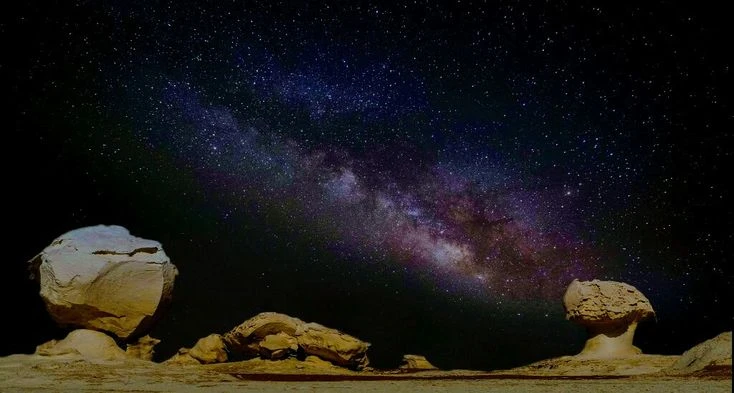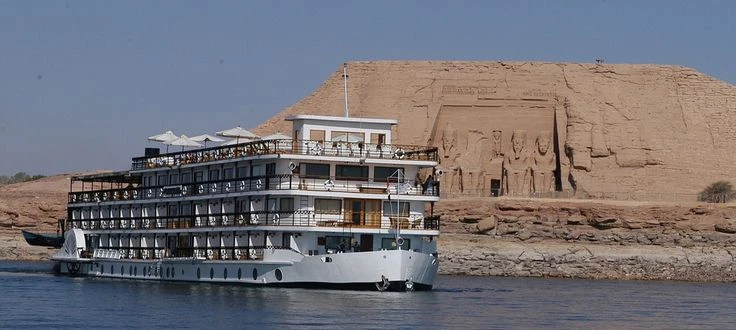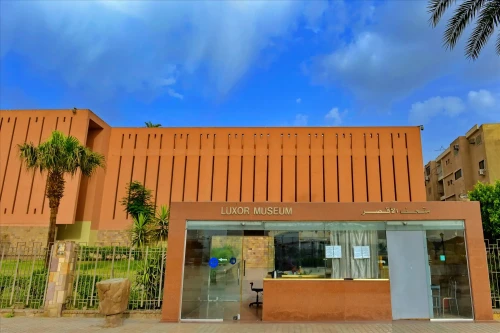
When was Luxor Museum established?
The Luxor Museum was officially opened to the public in 1975, yet the historical backdrop of its foundation goes back a lot further. Making an exhibition hall committed to displaying the rich social legacy and relics of the area, was first proposed in the late nineteenth hundred years. Nonetheless, it was only after the 1970s that the Egyptian government, alongside global accomplices, started to make substantial strides towards carrying the exhibition hall to completion. Following quite a long while of arranging and development, the Luxor Museum was at last settled in 1975, giving a space to guests to find out about and value the old history and culture of the locale.
Who designed Luxor Museum?
Luxor Museum was planned by a group of modelers and specialists drove by the Egyptian designer, Dr. Mahmoud Moukhtar. Dr. Moukhtar was a notable and regarded planner in Egypt at that point, with a wide arrangement of work, including the plan of a few different galleries and social focuses all through the country. He was decided to lead the plan group for Luxor Museum in view of his ability in planning social and verifiable structures, and his comprehension of the significance of saving and displaying the antiques and social legacy of the locale. He worked intimately with the group of planners, engineers, and different specialists, to plan a structure that wouldn't just exhibit the curios yet in addition be a building show-stopper that would mirror the old Egyptian culture. With his direction and oversight, the group of fashioners fostered a cutting edge building which is viewed as quite possibly of the main compositional accomplishment in Egypt.
What is the collections in Luxor Museum?
The main point of the assortments in Luxor Museum is to grandstand and feature the rich social legacy of the antiquated city of Thebes, referred to the present time as Luxor, and the encompassing region. The curios in plain view in the museum length many verifiable periods, from the Center Realm to the Roman time, and cover a wide range of parts of old Egyptian life, including workmanship, religion, day to day existence, and funerary traditions. The assortment incorporates a large number of curios like sculptures, reliefs, earthenware, gems, and devices, which offer guests an exhaustive comprehension of the old progress.
One of the most outstanding and remarkable parts of the assortment is the emphasis on curios from the New Realm time frame, explicitly from the eighteenth tradition, which is viewed as quite possibly of the main time frame in old Egyptian history. Guests can see numerous curios from the burial chamber of Ruler Tutankhamun which were found by Howard Carter in 1922, and numerous different relics from the burial places of different Pharaohs and aristocrats. Moreover, the Luxor Museum likewise has a huge assortment of sculptures, reliefs and stelae from the sanctuary of Luxor and the sanctuary of Karnak which are viewed as two of the main strict temples in old Egypt.
Artifacts at Luxor Museum
Luxor Museum is home to a wide assortment of relics from old Egypt, large numbers of which are viewed as striking and huge for their verifiable and social worth. The absolute most prominent curios in plain view include:
The sculptures of the goddess Sekhmet, which are viewed as show-stoppers of antiquated Egyptian model. These sculptures were tracked down in the sanctuary of Amenhotep III in the city of Luxor and are trusted to trace all the way back to the eighteenth line.
The Mummy of Amenhotep II, which is one of a handful of the illustrious mummies in plain view in Egypt. The mummy is very much saved and gives a brief look into the funerary traditions of the old Egyptians.
The statues of Amenhotep III, which are viewed as probably the most lovely and very much safeguarded sculptures from antiquated Egypt. These statues were tracked down in the sanctuary of Amenhotep III in the city of Luxor and are trusted to trace all the way back to the eighteenth tradition.
The statues of the god Amun, which are viewed as show-stoppers of old Egyptian figure. These sculptures were tracked down in the sanctuary of Amun in the city of Luxor and are trusted to trace all the way back to the eighteenth line.
The statues of King Tutankhamun and his better half, Ankhesenamun. These sculptures are viewed as significant ancient rarities as they are from the burial chamber of Lord Tutankhamun, which was found by Howard Carter in 1922.
The assortment of earthenware and ceramics, which offer a brief look into the regular routine and imaginative customs of old Egypt. These relics were tracked down in burial places and houses in the city of Luxor and are trusted to trace all the way back to different authentic periods.
The assortment of adornments, which is viewed as one of the main in Egypt, as it shows the craft of gems making in old Egypt and the abundance of the old Egyptians.
These relics, alongside numerous others, give guests an extensive comprehension of old Egyptian culture, history, and craftsmanship.
Who was the founder of Luxor Museum?
The founder of Luxor Museum is in many cases credited as the Egyptian government, in association with global associations and foundations. Making an exhibition hall committed to displaying the rich social legacy and relics of the area, had been proposed as soon as the late nineteenth 100 years. Notwithstanding, it was only after the 1970s that the Egyptian government, alongside global accomplices, started to make substantial strides towards carrying the gallery to completion. The public authority gave the financing to the development of the structure and for the assortment of antiquities. They likewise settled the legitimate and regulatory structure for the historical center and selected a group of specialists to oversee and organize the assortment.
Notwithstanding the public authority's job, worldwide associations additionally assumed a significant part in the foundation of the Luxor Museum, by giving subsidizing and ability to the development and advancement of the museum. A significant number of these associations likewise offered help for the assortment and safeguarding of relics, as well with respect to investigate and instructive projects connected with the Museum.
Subsequently, the founder behind Luxor Museum should be visible as a cooperative exertion between the Egyptian government and worldwide accomplices, cooperating to make a space that would save and exhibit the social legacy of the district.
 British English
British English
 français
français
 español
español
